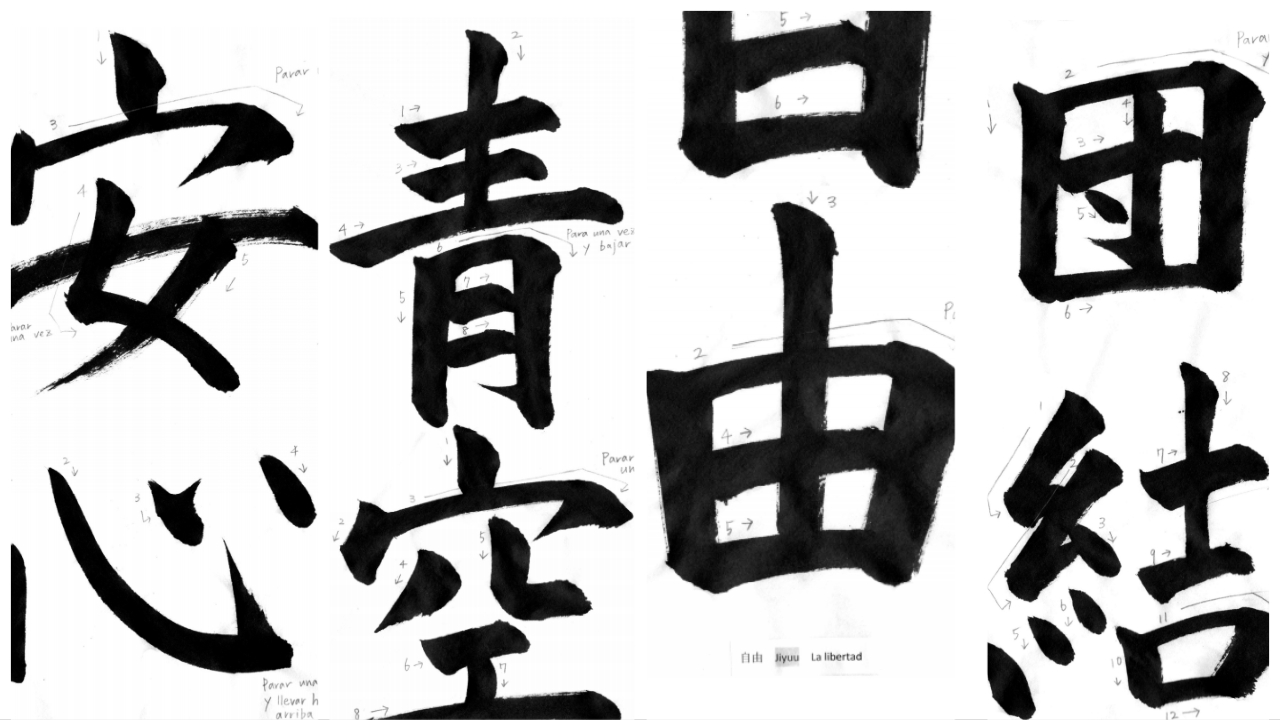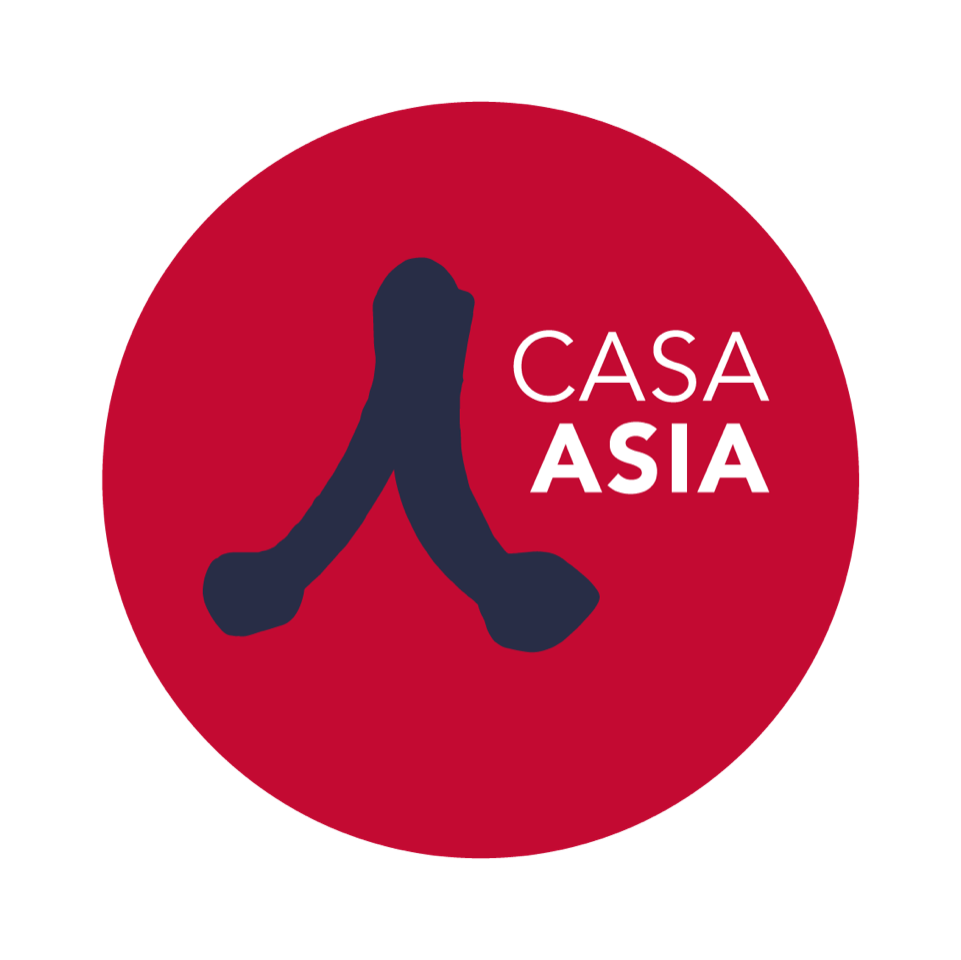Starting Monday, March 30, we will publish every first day of the week on our social media a free training video capsule on Japanese calligraphy, Shodo, by our teacher and expert Madoka Kubota, and we will propose to all those enthusiasts of this ancient art your participation, sending us your own kanji as a weekly challenge. Initially, the forecast is to publish 5 training capsules
Procedure to follow
Our teacher, Madoka Kubota, who has been teaching Shodo and poetry courses at Casa Asia for a long time, will create a word made up of two kanji that we will share from Casa Asia’s profiles on Twitter, Facebook and Instagram, and from there anyone interested can reproduce it. In addition to the video, which will show the brush stroke by Madoka Kubota from start to finish, a pdf with the instructions for its execution will be attached.
Once the person has created their own kanji, following the original proposed by Madoka Kubota, they will only have to publish and share it from their own social media, tagging Casa Asia. In this way, Casa Asia will be able to collect all the kanji proposals of the participants, and, in the end, the best of all will be chosen by our teacher. The winner will receive as a prize a personalized kanji by the teacher herself.
The 5 Shodo video capsules will be published on Casa Asia’s social media on Monday mornings on March 30, April 6, 13, 20 and 27. From the total of kanjis published, Madoka Kubota will choose the best and on April 30 we will communicate the result.
Japanese calligraphy
The Japanese language has three main writing systems: hiragana, katakana and kanji. The three types of writing are completely different. Hiragana and katakana are syllabaries. The most basic and essential of the three is hiragana. Children learn it in preschool, before starting katakana and kanji. Hiragana is the basis for later reading, and is used to indicate the pronunciation of some kanjis.
Kanji are ideograms of Chinese origin that were introduced in Japan around the 4th century. Each has its meaning, and they are mainly used to write the root of verbs, adjectives, some adverbs, nouns and the proper names of people and places. It is the most complex writing system compared to hiragana and katakana. Only the basic kanji are more than 2,000.
Biographical profile of our teacher
Professor Madoka Kubota has been practicing Japanese calligraphy, Shodo, since she was six years old. Since 2010 she teaches Shodo and poetry at Casa Asia, as well as in other organizations. She also has a degree in Japanese Philology and specializes in “Tanka” (31-syllable style of poetry) from the Meiji Era.
Shodo challenges and indications to represent the each kanji
Shodo Challenge 2; Solidarity.
Shodo Challenge 3: Calmness.
Documents
- Shodo Challenge 1: freedom. Indications to carry out the kanji
- Shodo Challenge 2: solidarity. Indications to carry out the kanji
- Shodo Challenge 3: calmness. Indications to carry out the kanji
- Shodo Challenge 4: blue sky. Indications to carry out the kanji
- Shodo Challenge 5: health. Indications to carry out the kanji







